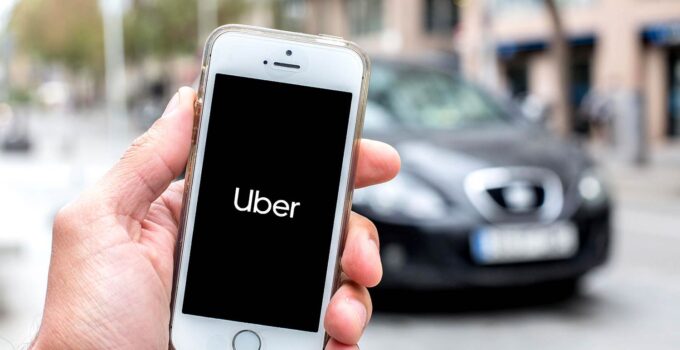The ride-hailing industry has revolutionized the way we move around cities. However, with the rapid growth of services like Uber, accidents involving these vehicles are inevitable.
If you’ve been injured in an Uber-related incident, the road to compensation can seem convoluted. This article delves into the essential legal insights and tips for claiming compensation following an Uber accident.
Uber’s Insurance Policy
Before navigating the maze of claims and compensations, it’s crucial to understand Uber’s insurance policy. Uber covers its drivers with a $1 million liability policy, which means if an Uber driver is at fault, there’s a significant insurance policy in place to cover injuries and damages. However, the policy’s applicability varies depending on the driver’s status at the time of the accident:
- Offline or App Off: No coverage by Uber. The driver’s personal insurance applies.
- App On, Waiting for a Request: Limited liability coverage. If the driver’s personal insurance doesn’t cover an accident in this phase, Uber’s policy can cover up to $50,000 per person for bodily injuries.
- En Route to Pick Up & During Trips: Uber’s $1 million policy is in effect.
Pro tip: Make sure to call a miami uber accident attorney if you need expert legal advice.
Determining Fault
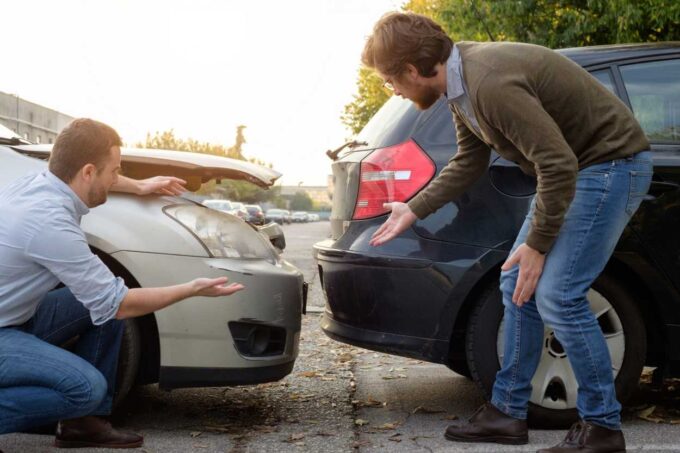
Source: 1800thelaw2.com
To claim compensation, determining who’s at fault is paramount. While it might seem straightforward, ride-sharing cases can be complex due to the involvement of multiple parties: the Uber driver, another driver (if there is one), Uber as a company, and the injured party.
- Uber Driver at Fault: If the Uber driver is at fault and you’re a passenger, your claim will typically be against both the driver’s insurance and Uber’s insurance. If the driver’s insurance falls short, Uber’s policy should cover the rest up to its limit.
- Another Driver at Fault: If another driver caused the accident and you’re an injured Uber passenger, your claim would primarily be against that driver’s insurance. However, if that driver is uninsured or underinsured, you might be covered by Uber’s uninsured/underinsured motorist policy.
Steps to Take After an Uber Accident
Your actions immediately after an Uber accident can significantly impact your ability to claim compensation:
- Seek Medical Attention: Always prioritize your health. Even if injuries seem minor, see a doctor immediately as some injuries manifest symptoms later.
- Document the Scene: Take photos of the accident scene, damages, and any visible injuries. These can be invaluable during claims or lawsuits.
- Gather Witness Information: Collect contact details of any witnesses present.
- Report the Accident to Uber: Use the app to report the accident. Ensure you keep a record of any correspondence.
- Contact the Police: Filing a police report provides an official account of the accident.
- Consult an Attorney: Especially in severe cases, consulting an attorney who specializes in ride-sharing accidents can be beneficial. They can guide you on the best course of action.
Types of Compensation
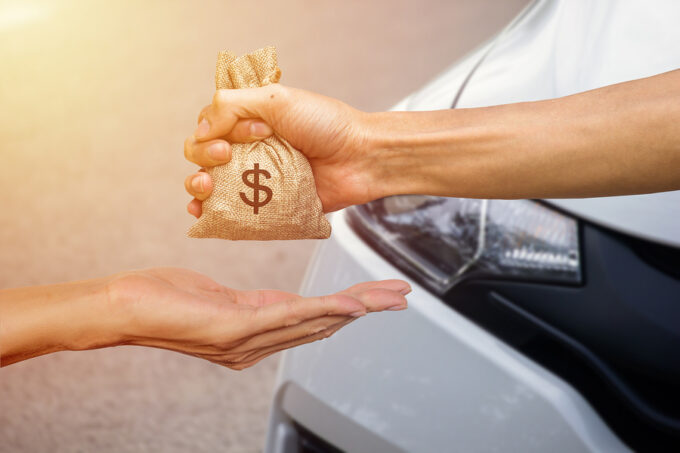
Source: thefloridalawgroup.com
In Uber accidents, there are various damages for which you can claim compensation:
- Medical Expenses: Covers past, ongoing, and future medical bills related to the accident.
- Lost Wages: If your injury prevents you from working, you can claim compensation for lost income.
- Pain and Suffering: This is a non-economic damage, compensating for physical pain and emotional distress.
- Property Damage: If any personal property (like a laptop or phone) is damaged, you can claim its value or repair costs.
Challenges in Claiming Compensation
Navigating the legal waters of ride-sharing accidents can be challenging due to:
- Insurance Complexity: As previously discussed, there’s a mix of personal and company insurance policies at play. Knowing which policy to claim against can be intricate.
- Determining Liability: In some cases, multiple parties might share fault. Determining liability percentages can complicate the claim process.
- Company Tactics: Companies, including Uber, might employ tactics to minimize their liability or deflect blame. This is where legal representation becomes critical.
Seeking Legal Representation
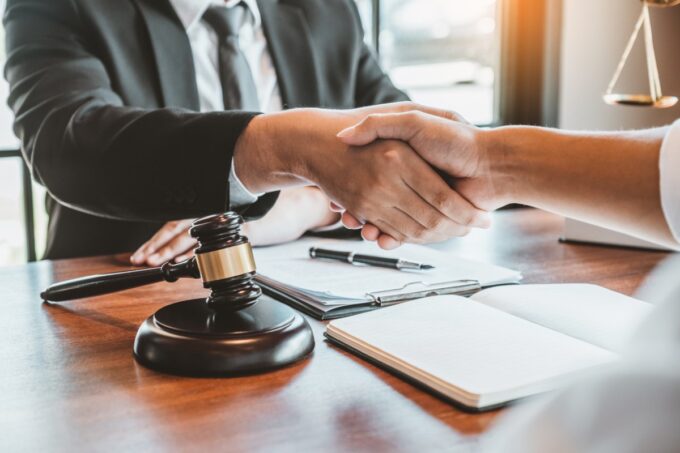
Source: prismreports.org
Given the complexities involved, seeking an attorney experienced in ride-sharing cases can be invaluable:
- Case Evaluation: An attorney can evaluate the merits of your case, potential compensation amounts, and guide on the best course of action.
- Negotiating with Insurance Companies: Insurance companies often aim to settle for the least amount possible. Attorneys can counter their tactics and negotiate for fair compensation.
- Litigation: If a settlement isn’t reached, the case might go to court. An attorney will present your case, ensuring all facts and evidence are appropriately represented.
Common Misconceptions about Uber Accidents
With the rise of ride-sharing services, numerous misconceptions about Uber accidents and the subsequent claims process have cropped up:
- Uber Drivers are Employees of Uber: Many people mistakenly believe that Uber drivers are direct employees of Uber. In reality, they are independent contractors. This distinction can affect how liability is determined and from which insurance policy compensation might be sourced.
- Any Lawyer Can Handle an Uber Accident Case: While any personal injury lawyer might offer to take your case, ride-sharing accident cases often require specific knowledge. It’s beneficial to work with lawyers familiar with the nuances of such cases.
- Compensation is Guaranteed: Just because you were in an accident involving an Uber doesn’t guarantee compensation. The specifics of fault, damages, and evidence play a critical role.
The Impact on Uber Drivers
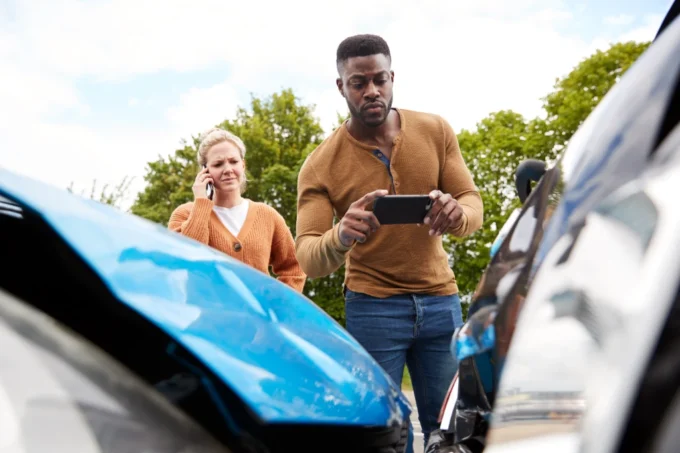
Source: autoblog.com
It’s not just passengers that need protection and information. Uber drivers, too, find themselves in vulnerable situations post-accidents. If you’re an Uber driver:
- Document Everything: Just as passengers are advised to document the scene, drivers should do the same. It provides evidence that can protect against false claims.
- Notify Uber Immediately: Use the driver app to report the incident as soon as you can.
- Seek Independent Legal Counsel: While Uber provides representation, having your independent attorney ensures your interests are prioritized.
Statute of Limitations
It’s crucial to remember that there’s a time limit to file a lawsuit for personal injuries, known as the statute of limitations. This period varies by state. If you don’t initiate legal action within this period, you might forfeit your right to claim compensation.
- Know Your State’s Limit: Research or consult with an attorney to understand the time limit in your state.
- Act Swiftly: Given the complexities involved, starting early allows ample time for investigations, negotiations, and potential litigation.
Future of Ride-sharing and Safety
With technological advancements, the future holds promise for increased safety:
- Autonomous Vehicles: Uber and other companies are investing heavily in autonomous vehicle technology. This might reduce human error-related accidents in the future.
- Improved Background Checks: Continuous pressure is being mounted on companies to ensure thorough background checks for drivers, ensuring passengers’ safety.
- Advanced Safety Features: Ride-sharing apps are likely to introduce more advanced safety features, including real-time monitoring of rides, panic buttons, and improved route tracking.
Proactive Steps for Safety
While legal avenues exist to claim compensation, it’s always better to be proactive about safety:
- Check Uber Driver Ratings: Always opt for drivers with high ratings.
- Share Trip Details: Let a loved one know about your trip details. It ensures someone is aware of your whereabouts.
- Use Safety Features: Uber app has in-built safety features like sharing your ride status or contacting emergency services. Familiarize yourself with these.
Being injured in an Uber accident can be traumatic and challenging. However, by understanding the legal avenues available and seeking the right representation, you can navigate the path to rightful compensation. Always prioritize safety, and remember, while the road to justice might be long, it’s often worth the journey. If you find this topic useful, we recommend you check our article on types of car accidents and how they affect claims.

